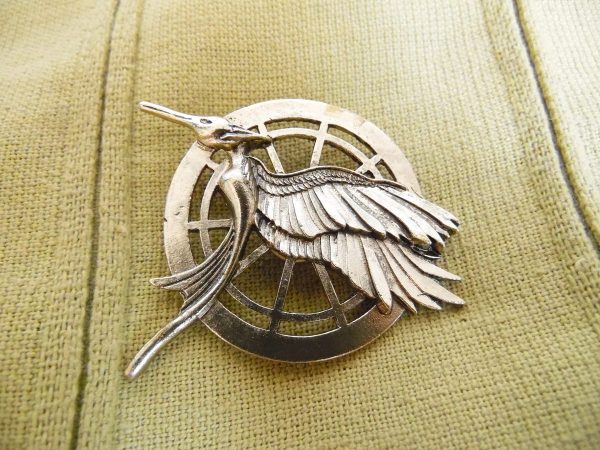Reused, Renewed, Resold.
Photo provided by: Angelina Jonkaitis
January 24, 2021
As of recently, mainstream media has turned thrifting into a trend that is popular amongst teenagers. However, people have begun to take advantage of these convenient prices. Many young adults are starting to sell the clothes they find at the thrift store for the original retail prices. As these companies begin to realize their items are being sold online for higher prices, they too decide to increase the rate. This is hurting consumers who originally go to thrift stores for cheaper alternatives.
Thrift stores offer a wide range of previously owned clothing a consumer might not find at a regular retail store. Some second hand stores even offer furniture, houseware items, electronics and a variety of other goods. Many people thrift because of their financial situation and prefer to save money by shopping at these stores.
“I thrift because personally I do not have that much money,” sophomore Ryleigh Greenberg said. “You also find more unique clothes for cheaper prices and it is really easy to develop a comfortable style from thrifting. I mostly thrift though because of my family’s finances, I have thrifted ever since I was little.”
Thrifting for clothes from second hand stores has recently become the next social media trend. Thrifting offers a cheaper alternative to fashion for those who cannot afford mainstream brands or prefer not to pay full price for expensive and overpriced clothing. It also reduces the amount of waste found in landfills as clothing is commonly thrown away. In spite of the benefits that thrifting offers, there have been some negative consequences due to the up rise of interest. These second hand stores have begun to raise the original cheap prices due to consumers over purchasing products to then be resold on sites like Etsy and Depop.
“I personally like thrifting because buying secondhand is beneficial to the environment, but many people had to thrift before it was ‘trendy’ because they didn’t have enough money to shop at pricier stores,” senior Lilly Kolterjohn said. “With Depop sellers taking all of the ‘good’ finds and reselling them for almost four times the price, it just shows how selfish these people truly are, more interested in making money for their own pockets instead of caring if others who actually can only buy from thrift stores have the clothes they need at prices they can actually buy.”
The influx of consumers is not necessarily a bad thing, but when people overbuy and resell items, it makes it difficult for others to benefit from thrift stores’ intended purpose. The products from thrift stores are often donated and therefore resold at prices that are cheaper than what is found at retail stores. Yet with an up rise of popularity, these donated items are expensive and priced for something that was originally sold for a cheaper alternative.
“I think resellers need to let people that are shopping for themselves, especially those who need the thrift store prices, first priority,” junior Delaney Rosenblatt said. “Even though thrifting is good for the environment and ethical, it is much more ethical to allow those that are in need of the clothing first access rather than those who are reselling to make a profit.”















